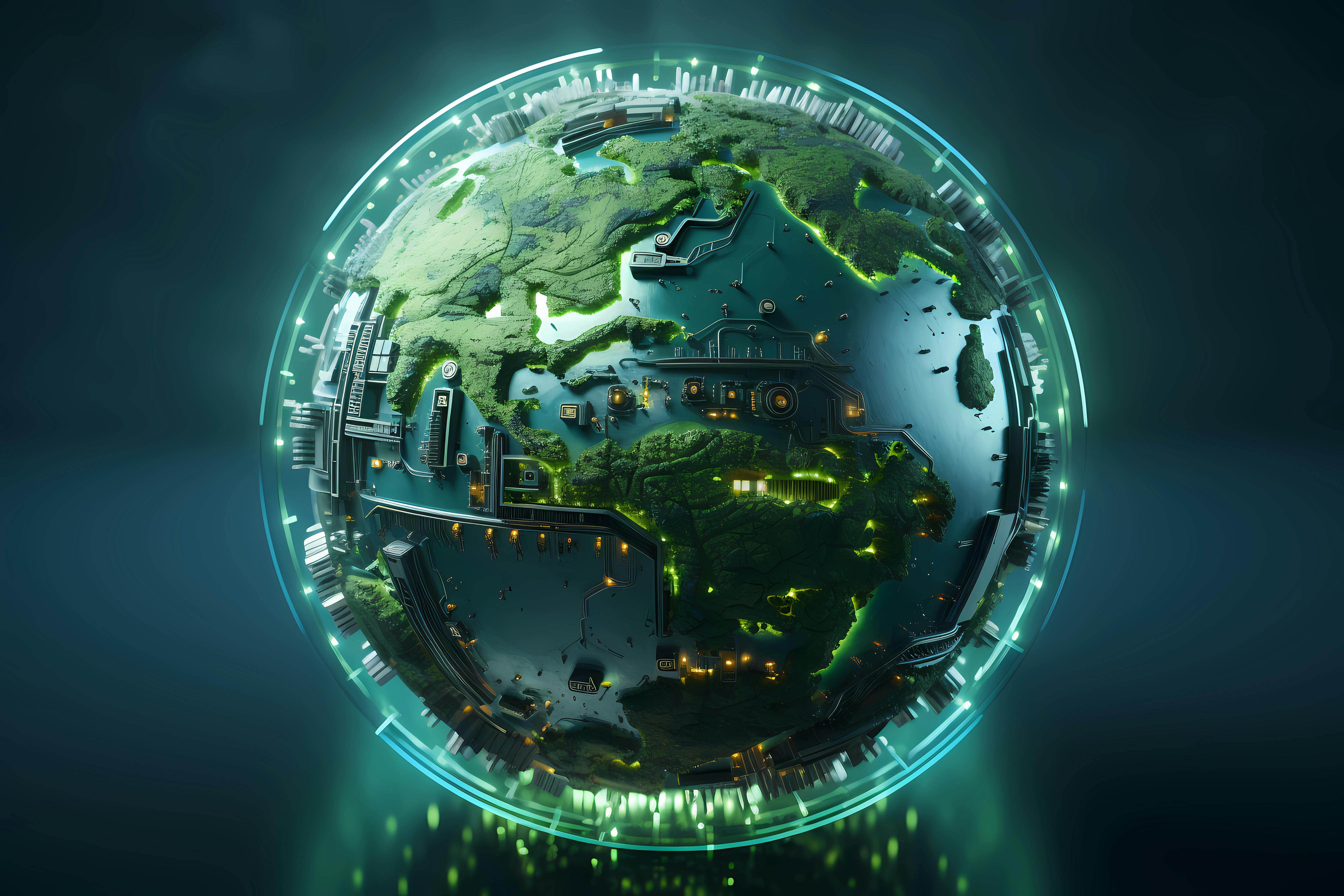Such a promise is so seductive: with new technology, it would be possible to save the climate without sacrificing growth. Solar panels, "clean" batteries, electric vehicles, green hydrogen, artificial intelligence to optimize energy flows, etc. The narrative of a seamless transition (compatible with consumer society) dominates political and industrial discourse today.
It may be based on a dangerous illusion: that of neutrality, or even positive, technological progress, when it is actually inclined to displace or exacerbate its professed alleviation. In believing too strongly in this narrative, modern societies risk wasting a defining decade.
Progress Decayed From the Beginning
Think about the traditional example of the electric vehicle. There is also a dark side to it. It is supposed to stand for carbon-free transportation. But according to the report by the International Energy Agency (IEA), an electric vehicle consumes, on average, six times more critical minerals than a combustion engine.
Lithium, cobalt, nickel, copper, and rare earths: they are produced on an enormous scale, and in most instances, under dire environmental and social conditions. Just a few years ago, more than 70% of the world's cobalt came from the Democratic Republic of Congo, most of which was mined through artisanal mines that used child labor and long-term pollution.
And the production of minerals could increase by nearly 500% by 2050, according to the World Bank. The resources are difficult to recycle, are dispersed irregularly, and are highly geopolitically risky. A transition based on their huge extraction is not an ecological solution. It is an industrial advance.
Clean Digital? A Chimera Computational
The digital world is held out as the solution to energy optimization: AI for intelligent grids, networked objects to lower consumption, and cloud computing to regulate peaks in consumption. These technologies have a hidden price. According to research by Nature Communications, data centers consumed approximately 2% of global electricity in 2022, and this may increase by more than 80% by 2050 if the trend continues.
Training a single large-scale generative AI model can generate up to 280 tons of carbon dioxide, according to researchers from Massachusetts's University.
The ecological footprint of digital infrastructure increases as it is required to make the economy "greener." This is a contradiction of structure: we are trying to curb one excess of energy with another excess.
A Transition Not-So-Named
The real problem is that green technology never challenges the pillars of the system that produced the crisis: limitless production, mass consumption, and exporting the ecological costs to the most vulnerable.
In practice, what we call "energy transition" is really industrial reconversion: we replace one fossil-fuel value chain with another, equally extractive but "green" label brand. Like, hydrogen from natural gas and biogas from intensive livestock farming.
Even oil giants are adapting. TotalEnergies, ExxonMobil, and BP heavily invest in these new "low-carbon" supply chains, without slowing down the rate of their drilling. Green technology, thus, is gradually becoming nothing more than an image-smoothing technology.
A Speech Hindering Concrete Action
This public debate on technology delays the application of truly effective measures: energy sobriety, targeted degrowth, and strict control over crucial sectors such as advertising or aviation. These measures are not debated in public debate because they are deemed to be unpopular or economically risky. Green tech thus works as a group placebo, soothing consciences but not halting the course of overheating.
The latest IPCC report is unambiguous, though. Even with existing technologies, +1.5°C targets are achievable only if global energy demand decreases significantly. This means that unless huge consumption reductions are made, technology will not suffice.
Change the Paradigm or Repeat the Mistake
It is not about refusing innovation. It is about questioning its purpose. Today's technological innovation works far too frequently to preserve the values of the current model, such as individual mobility, constant expansion, and market rationality. It is not a change. It is a make-up adjustment.
All these issues remain on the fringe in both country climate plans and company strategies. And as long as this taboo lasts, green technology solutions will be weapons of self-excuse and not genuine levers of change.
Ecology is Not Soluble in Technology
Green technology relies on a promise. It is possible to continue as before, but without the adverse effects. This is the promise that must be unraveled. Because in the real world, there is a cost to every production, an imprint to every extraction, and a permanent alteration from every utilization of energy. Engineers can improve the equipment. But short of a broader political and cultural change, equipment will just reproduce the suicidal dynamics in another form.
The time has come to recognize that the solution will not be delivered by a technological miracle but by a direction change. That means refusing. To say no. Refusing the simple stories, refusing growth gussied-up, refusing promises unfulfilled in the rhetoric of progress.
Green technology will not save the climate. It puts a system in crisis under permanent glaze. The authentic ecological transformation requires reduction, regulation, and the courage to think differently.


